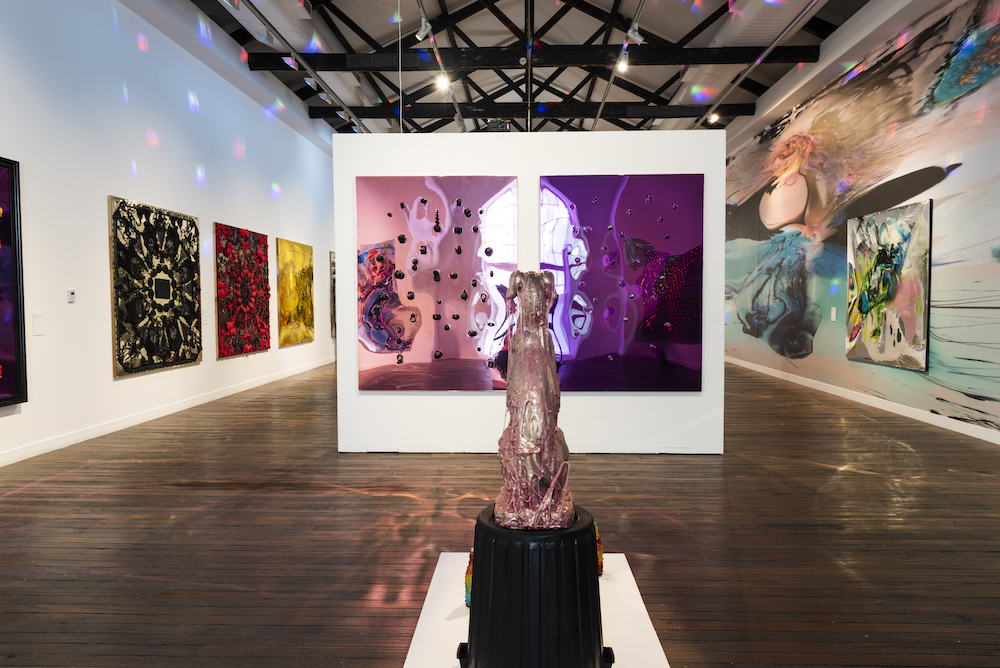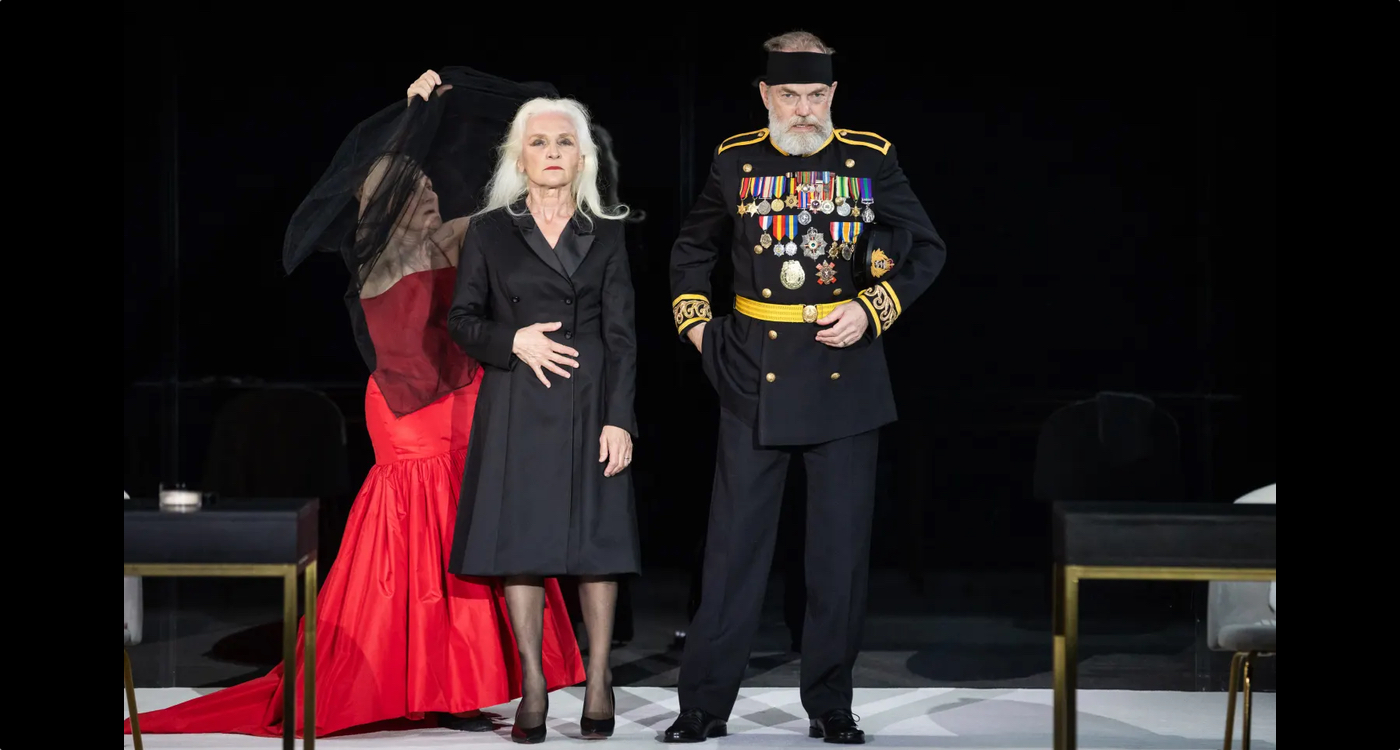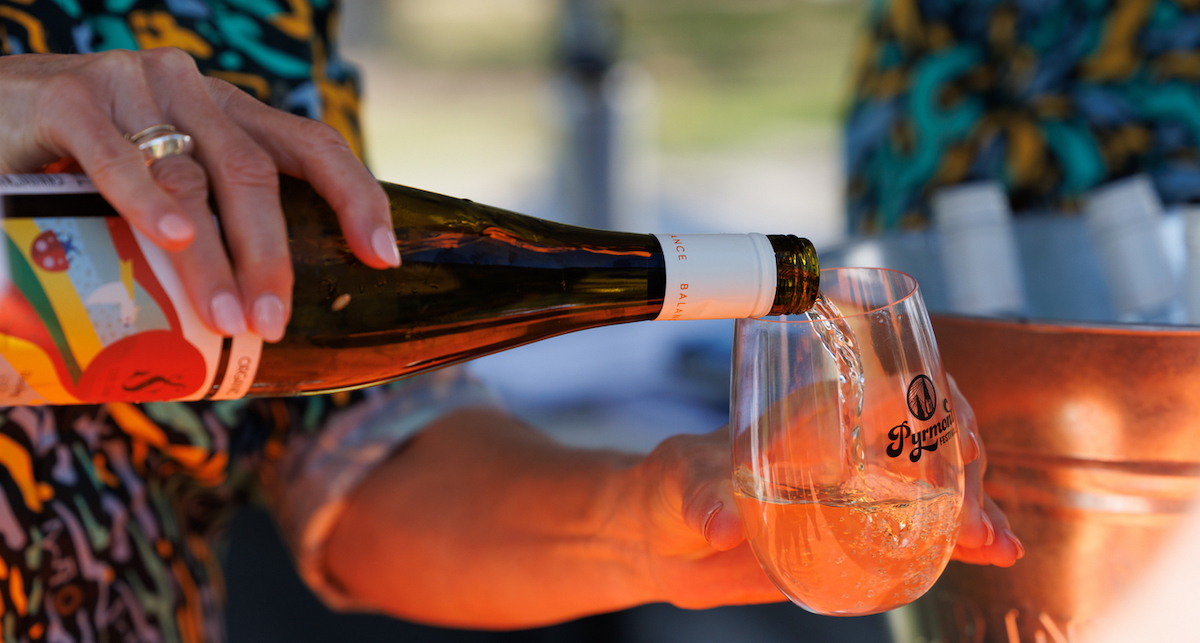
24 Frames Per Second

Over the next six weeks Sydney’s Carriageworks will be transformed into an immersive multimedia and dance experience, featuring 24 different works by 24 different artists.
Commissioned as part of a partnership between the Australian Council Of The Arts and Carriageworks, this exhibition is set to be one of the most ambitious and extensive presentations of dance on screen in Australia – “occupying a space that is 6000 metres squared” according to co-curator Nina Miall.
As an arts space Carriageworks has always maintained a commitment to being an experimental, cross-disciplinary, multi-arts space. This is strongly reflected in this exhibition, as Miall says it has brought together “artists working in different media – whether that was dance, performance, visual art or film – to collaborate and take their art in new experimental directions.”
According to Brian Fuata, one of the artists commissioned for the exhibition, a show of this nature was “kind of inevitable and natural, because there is a current turn in artistic and cultural practice to combine different disciplines, so this is very much a show of the moment.” With this trend in mind the curators of the show placed very few limitations upon the artists, the only guidelines being that the works had to have a film element and also incorporate a dance element. Due to this philosophy the variety of works is astonishing, ranging from projections in various sizes and formats: big multi-channel installations on suspended screens, immersive interactive environments, smaller more deliberately intimate formats, works on iPads and finally works that incorporate the structural heritage elements of the venue itself into the art.
Brian, who doesn’t come from either a dance or film background but rather contemporary theatre, is a perfect example of how this exhibition has allowed artists expand their style and explore new mediums. “When I was asked to be in the show I kind of freaked out a little bit about not being either a dancer or filmmaker, so I decided to look into dance film and what they’re all about,” he explained. From this Brian was able to create a series of three-line written observations of each film, which he has then overlaid onto footage of an artistic performance recorded specifically for the show, but inspired by something he has been doing for the past two years.
At first Brian says he “hated every single bit” of the recorded performance, but after editing the footage of himself dressed as a ghost he was left with a series of ever evolving empty spaces. The final product, Appropriational Charlatan, sees these two elements “sandwiched together but operating on different systems, the text and images are operating on their own logic so you never get [the] same combination of things in this sort of live moment.”
An artwork by Khaled Sabsabi commissioned for 24 Frames shows just how different the outcomes have been thanks to the broad brief given by the curators. Organized Confussion features images of Western Sydney Wanderers supporter group the Red Black Bloc, and juxtaposes this against traditional Javanese shamanistic dancing.
“I’ve always been interested in ritualisation in my work and what it means in terms of meaning, learning and knowledge in both traditional and contemporary societies. In my previous work videoing many rituals I’ve found that there striking similarities between the contemporary ritual of football fans coming together and other ancient forms of ritualization,” said Sabsabi.
Another advantage that this show had over many others is the amount of time the curators were able to give artists to develop an idea and then execute it how they best saw fit. “We’ve had two years to create this work, usually you’re given a very limited time, whereas here we were allowed to develop an idea and develop it well,” explained Khaled.
In contrast, Futana believes that due to the collaborative nature of the show (where half of the artists selected had “no history in filmmaking”) it proved to be “very challenging because we were kind of thrown in the deep end to make a film.” However he also believes that this is exactly what makes the show so exciting and interesting, in that it creates a space “not of complete works but of works that challenge the idea of finished, slickly produced work.”
Obviously without the help of the Australian Council For The Arts, projects like this could not happen. As Nina Miall explained “it is a hugely expensive project to both commission these works, as filmmaking isn’t cheap, then obviously it’s also very expensive to stage as an exhibition because you’ve got projectors, media players, speakers and hugely complex technical installs. So from that point of view it has been very important to have a government partner.”
This is an exhibition catering to all age groups; there is something here for everyone.
Carriageworks has developed an educational guide for the exhibition, particularly of interest to secondary students studying dance and visual arts.
Jun 18 – Aug 2, Carriageworks, 245 Wilson St, Everleigh, FREE, info: carriageworks.com.au









